Billions of years of evolution has given rise to us, the millions of species that persist on planet Earth today. Some of us are small, some of us are big, and some of us have huge ears, flat tails, compound eyes, or infrared vision. Each of these adaptations has its merits, but only a handful of them can be considered the most fun, in my (totally scientific) opinion.
I consider these the 15 most delightful inventions evolution has bestowed on extant species. Please let me know which critter or physical trait I’ve overlooked.
Maned wolf legs
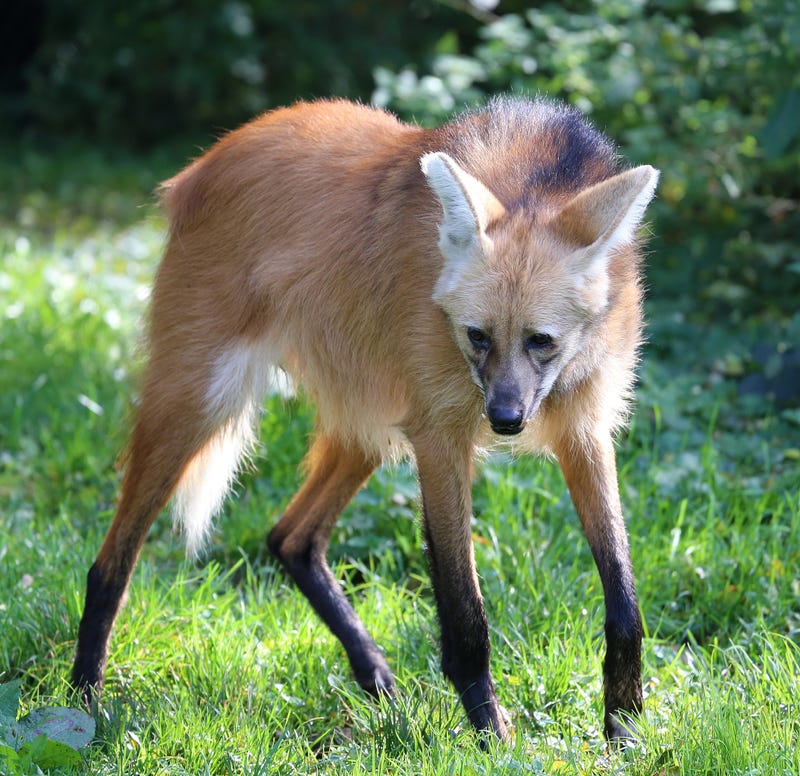
The maned wolf has its own genus, so it’s not actually a wolf. But the South American canid is the tallest in the world, standing 3 feet at the shoulder. Its long legs help it peer over the tall grasses in its habitat, according to the LA Zoo. A fairly straightforward adaptation, but one that looks super cool.
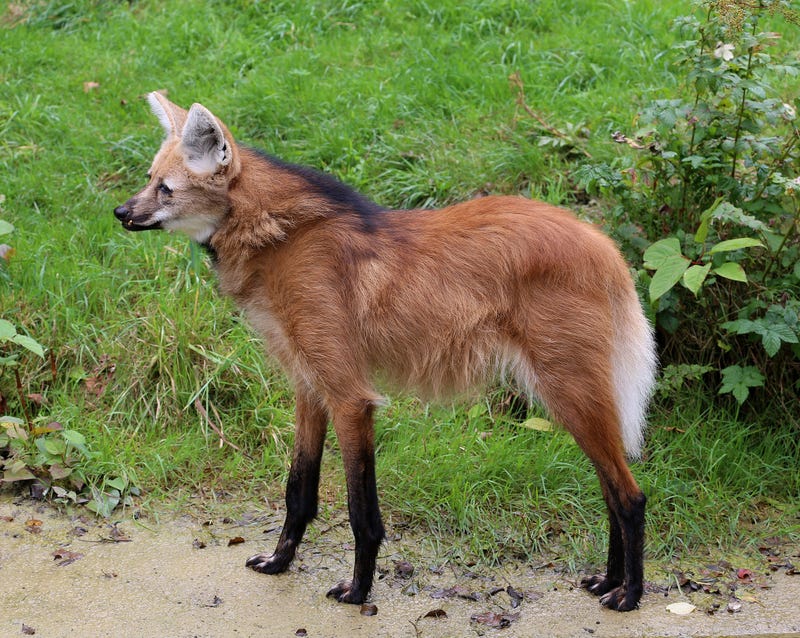
Pelican pouches
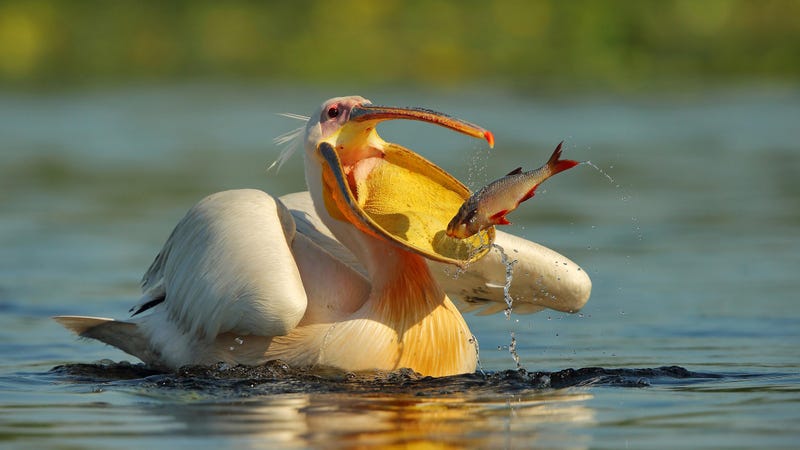
Think about how much soup you could slurp with a pelican’s pouch dangling from your lower jaw. These birds use their skin pouches to catch fish and flap them in warm weather to cool off.
Bat wings
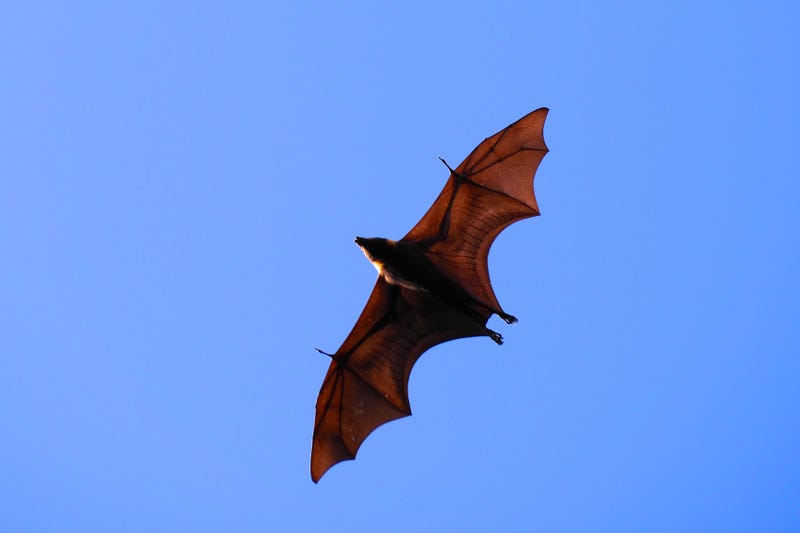
Bats are the only mammals that can fly (I don’t want to hear anything about gliding). For that reason alone, bat wings belong on this list. Good on you, bats, for figuring out what the rest of us mammals could not.
Stingray stingers
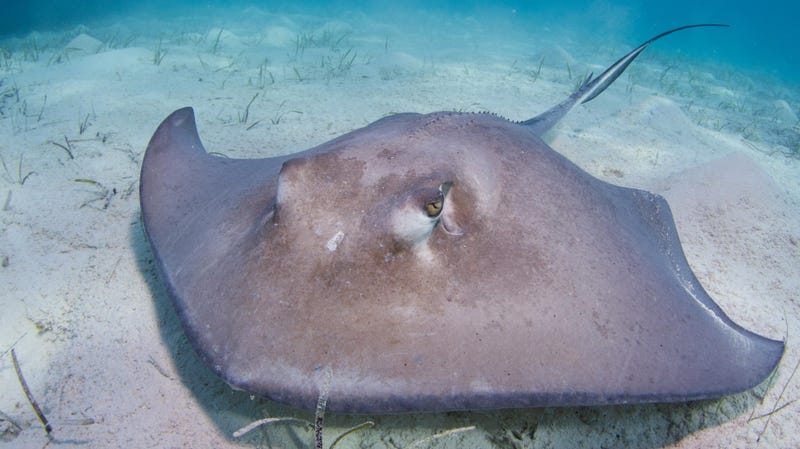
Okay, it may be a stretch of the term “fun,” but stingray stingers are a pretty wicked evolutionary development. The barbed stingers are a metal method of self defense, and look at that face—this fish knows how to use it.
Hercules beetle horns
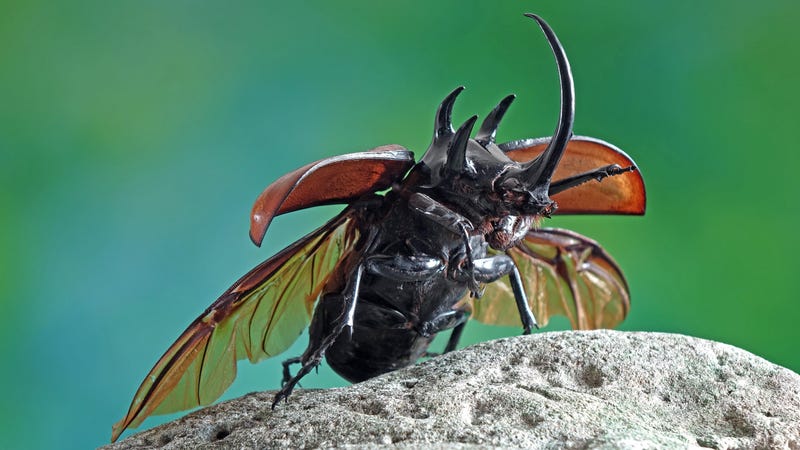
Besides clearly being the animal inspiration for Bionicles, hercules beetles are some of the world’s largest insects. Males’ large horns are used for grappling with other males; their strength is such that they can carry 100 times their own body weight, according to the National Wildlife Federation.
Komodo dragon venom
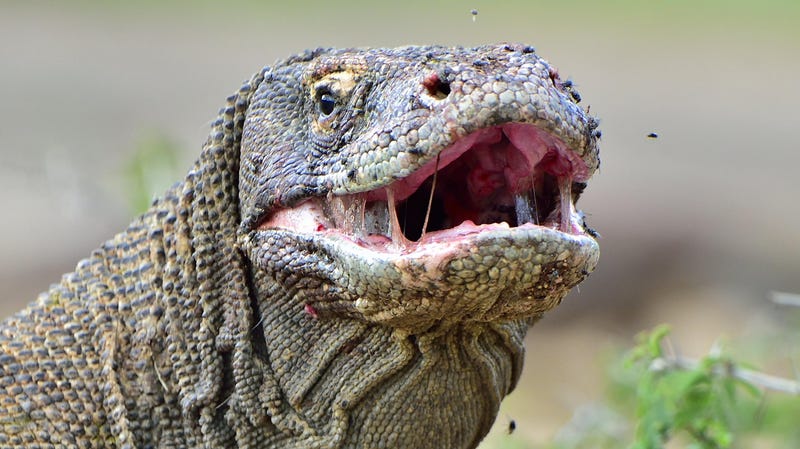
Because it’s the next best thing to breathing fire, behold the Komodo dragon’s venomous maw. These creatures—the largest lizards in the world—have venom glands in their lower jaws, which prevents blood from clotting. So if you’re torn a new one by a Komodo dragon, you’re likely to go into shock and bleed out. Hardcore.
Vulture heads

Vultures’ bald heads keep the animals clean(er) when they’re digging into rotting carrion. They also the keep the animals cool. I mean that thermoregulation-wise, but let’s be honest: it makes ‘em look cool, too.
Octopus skin
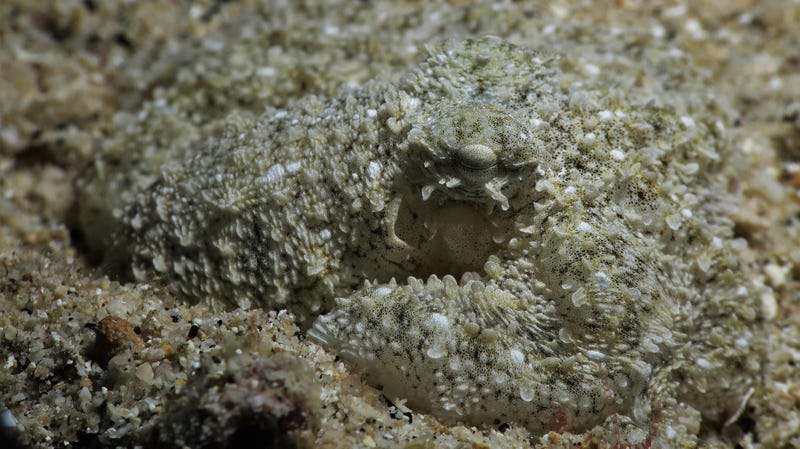
You probably knew octopuses would show up on this list, the only question was “for which of their superlative attributes?” I decided to stick with an old favorite: octopuses have some of the best camouflage in the animal kingdom. The cephalopods can mimic not just the colors of corals and sand on the seafloor, but their texture, too. I wouldn’t want to be a predator seeking one out… or prey trying to evade an octopus, for that matter.
Chameleon tongues

Because I just used up the “camouflage” square on my animal kingdom bingo card, I’ll give the chameleon plaudits for its ridiculous tongue. The tongues are extendable, and the lizards launch them at prey with blinding speed. Sticky mucus allows the chameleon to glob onto whatever morsel it targeted, making it a gustatorial sniper.
Giraffe necks
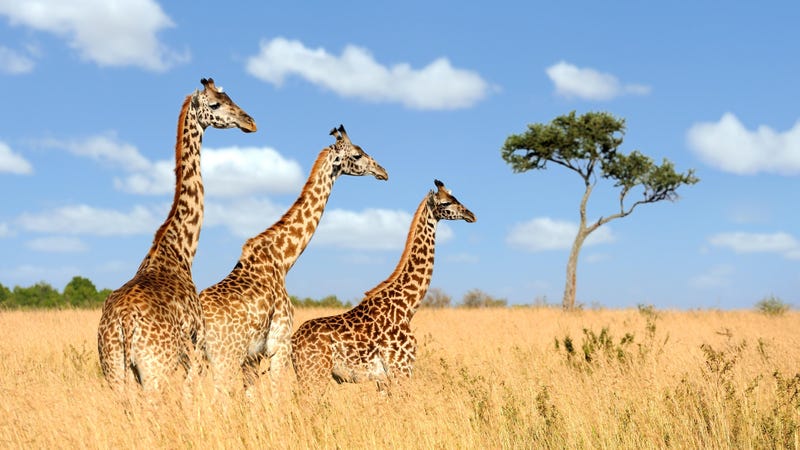
Sure, some members of this list are cliché, but for good reason. Giraffes have as many vertebrae in their necks as we do (seven), yet theirs are doing a whole lot more. The elegant giants use these long necks to get their purple tongues around lofty leaves, but they also use them in “necking” fights over mating and for sentry duty, according to the Giraffe Conservation Foundation.
Anteater tongues
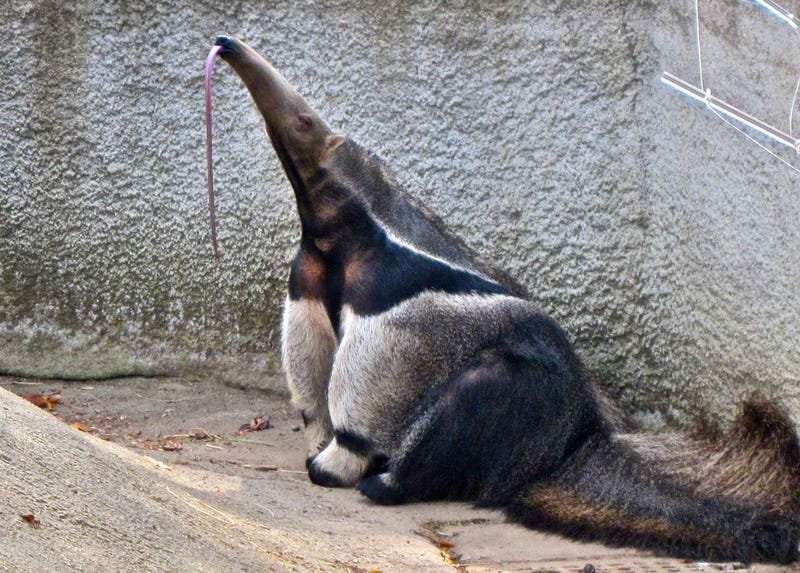
The giant anteater’s 2-foot-long tongue is perfect for the creature’s eponymous feeding strategy: tearing up ant hills and termite mounds and eating about 140 insects per feeding, according to the Smithsonian Institution.
Platypus bills

A list about evolution would be incomplete without the platypus, that furry denizen of Australian waterways. The mammal has a bevy of perplexing traits—it lays eggs, has a beaver-like paddle tail, glows in the dark, and males boast a venomous spur. Maybe I’m cheating by noting all of these. I’d like to focus on the platypus bill, which so confounded British scientists in the 18th century that they thought the animal was a forgery. The platypus bill contains electroreceptors and is the animal’s way of searching out invertebrates to eat on river bottoms. So, yeah. God bless the platypus.
Elephant trunks

Elephants are the largest land mammals on Earth. Despite their superlative size, they have a remarkable ability to be gentle. Look no further than their trunks, which the animals can use to pick up chips intact, suck in water to bring to their mouths for drinking, or to cover themselves with dirt or mud. The trunk is made of pure muscle and is also a means of communication for elephants. It takes a special evolutionary adaptation to overshadow kite-like ears and their huge size, but the elephant trunk might just accomplish that.
Spider silk
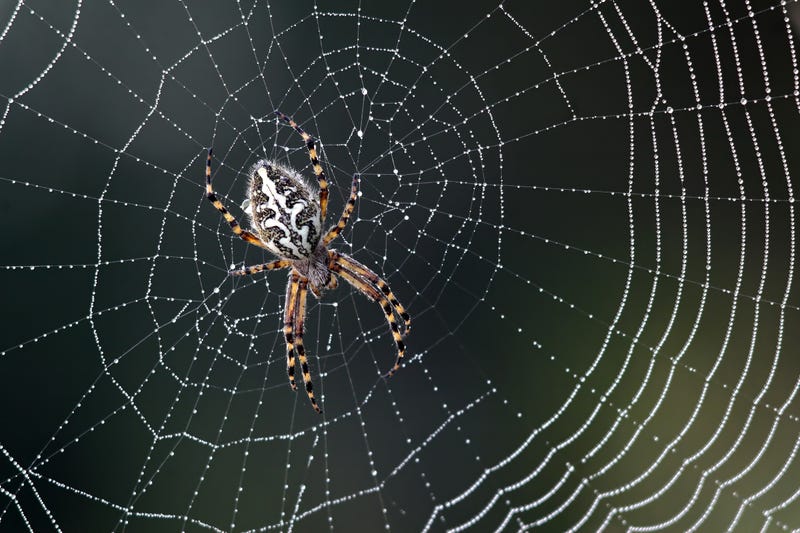
Honestly, spiders’ ability to weave silk for a variety of uses should put them at #1. It was a tough decision. But spider silk is strong stuff that the arachnids weave to make their webs, to trap prey, to move across their environments, and even to listen to their surroundings. Spider webs are an extension of the animals themselves, and one of the most wonderful inventions of evolution.
Hammerhead shark hammer heads

Look at it. LOOK AT IT. You’re going to tell me this isn’t the peak of evolutionary engineering? A hammerhead sharks’ eyes can be 3 feet apart and face opposite directions, allowing the predatory fish to see a much wider swath of the ocean. I’d say this is just about as fun as evolution gets.
